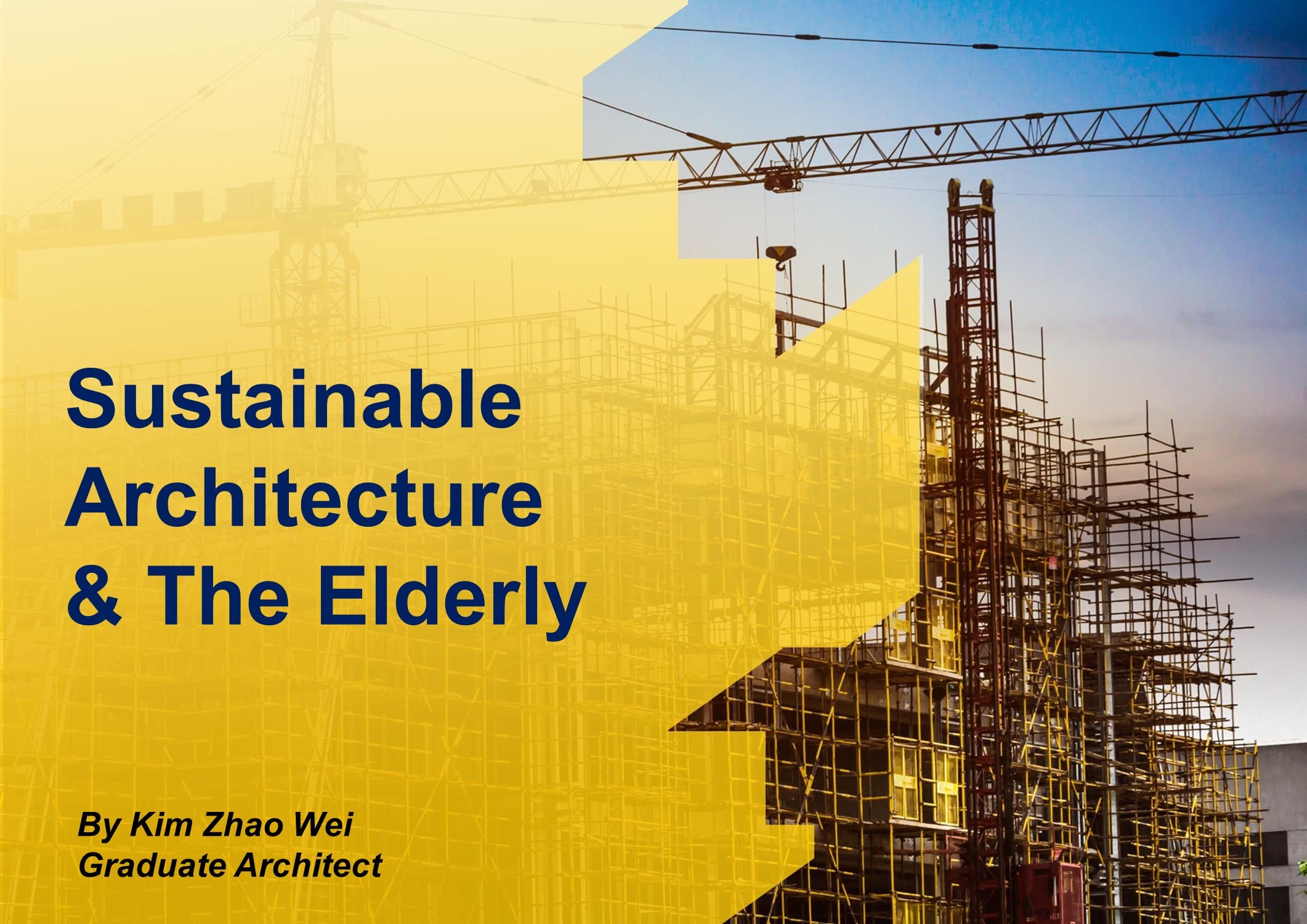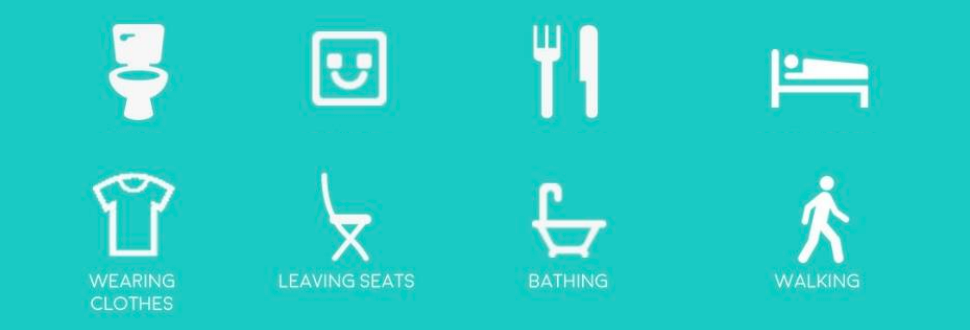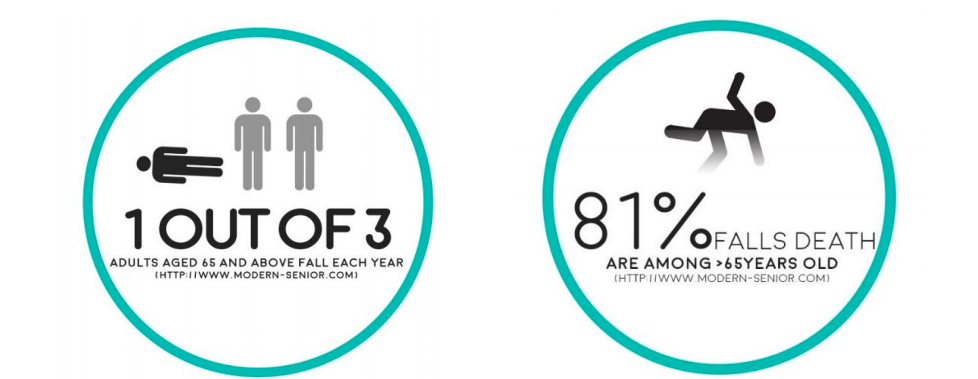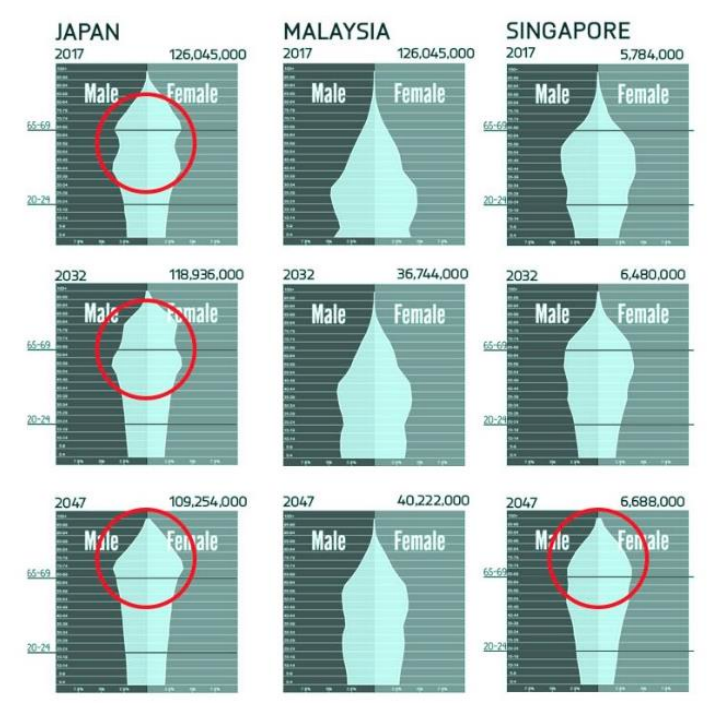Author: Kim Zhao Wei
In this 21st century, we enjoy the advancement of the healthcare and good living environment. We live a better life compared to our ancestors and we have lesser worry about our own health. The mortality rate is at an all-time low, meaning we are living in the best era with a longer average life span, but this also raised some crisis that we have yet to face before.
Some concerns that should be addressed to are:
- Is the city able to accommodate to the needs of retired/senior citizens?
- Are children in the future able to cope with their work while taking care of their retired parents?
- With high probability of elderly getting sick and requires intensive care, is hospice centre or old folks’ home the place that they want to be placed in future?
Here are some facts that should make us aware of how the elderly and the future city could link up:
The above shows the simplest basic skills that a normal person is able to carry out effortlessly on a daily basis. If a person failed to do any of it, he or she requires intensive care. This person will either end up in special training facilities, nursing home, old folks’ home or hospice centre.
The above are the necessary skills to live in the 21st century society. However, if a person is unable to complete any of the above tasks, he or she can depend on other people to assist in achieving these tasks. This is what domestic helpers, house butlers, and personal assistants are usually hired for.
A shocking statistic shows that 1 out of 3 of the elderly fall each year! Accident rate of getting hit by a vehicle is 1 out of 113 and it is already a worrying phenomenon, so what about this?
Plus, 81% of fall deaths are among the elderly aging from 65 years old and above. Which is to say 4 out of 5 falls may be fatal to the elderly. To put things in perspective, once we hit 65 years old and above, we will have an approximate 27% of chances of falling to death. In comparison, it is much safer to be on the plane than walking around in a 65 years old body.
By year 2050, most of us will be able to live until 80 years old; this is partly good and partly bad. Imagine what we are going to fill our lives with for the long and void 15 years. This will get even worse when we have only a few companions and eventually lose the purpose of life.
In addition to that, the cost of enrolling into a nursing home will not be cheap by that time (not even considering the quality of services). A staggering amount of RM7,300 (USD 1,600) monthly expenses will be needed to sustain a nursing home resident. Ten years stay will incur nearly RM1,000,000.00 (after considering inflation) which is unaffordable to most of the people even without considering the cost of medication and other miscellaneous expenses.
Japan had already begun to experience the impact of aging community, whereby there are more elderly than young and work capable population around. Imagine how many nurses and professional caretakers are needed to cater to such growing aging population?
Luckily, we are still able to make a difference by starting now. There are solutions that could relieve and reduce the burden of the society to spend resources on taking care the elderly. The advance automobile will fetch the elderly around; advance biotech will be able to enhance the strength of the elderly muscles; smart city will be able to reduce the probability of falling, and blockchain managing will be able to optimise the available resources to be used by the most needed elderly. There are limitless ways to start design and build our elderly friendly future city.
This is a part of the sustainability that should be included in architectural design consideration so that in the future, we (the present young generation) will be able to benefit in our future elderly life. In terms of architectural practice, we could impose new guidelines and strict enforcement to promote the adaptation to this consideration. Besides, we could also redefine the residential spaces we have now into something that is friendlier for the elderly and also others. Below are some ideas and concepts that architecture could contribute to this big picture:
- Guidelines for improvements
- Anti-slippery floor finishing for elderly residential area.
- Soft floor finishing at level different spot to minimise the injury caused by impact.
- Must have aiding furniture and fixture like railing, ramp, etc.
- Density control to promote neighbourliness. e. The increase in green & nature reserve with functional spaces like a garden, park, farm, etc.
- Proximity to health care facility within certain radius to reduce the time travel
- Elevator requirement to fit the stretcher (during emergency dispatch).
- Clear signage and easily recognisable façade or feature to aid the Alzheimer’s to commute.
- Strict enforcement of daylight and ventilation requirement to promote better day-lit and ventilated space for the elderly, rather to constantly stay in air conditioned space.
- Architectural innovation
- Redefine the architectural design for elderly healthcare facility, turning it more to resort-like facility that promotes relaxation and embracement of life.
- Redefine co-living residential unit of elderly with family to encourage the young generation to live with or near to the elderly. This will enhance the bond between two generations.
- The introduction of the human-pet residential unit that promotes elderly to have pets which could help to ease the need of getting companion.
- Promote multi-functional space integration to cater to the needs of elderly as they may have difficulty to travel long distance.
- Introduction of new community center that could cater the needs of elderly to socialise and workout as the current typology has insignificant value to the community (most of the young generation work and have no time to use the facilities).
- Introduction of educational facility that combines kindergarten and elderly centre together where elderly can interact with the young generation and the young generation could benefit from the guidance of the elderly.
KIM Zhao Wei
Graduate Architect
IPM Professional Services Sdn Bhd







